Worm Factory or Worm Factory?
folly_grows
15 years ago
Related Stories

GARDENING GUIDESHouzz TV: Make a Worm Bin for Rich Soil and Happy Plants
A worm-powered compost bin that can fit under a sink turns food scraps into a powerful amendment for your garden. Here’s how to make one
Full Story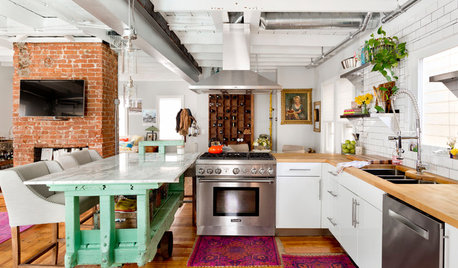
HOUZZ TOURSMy Houzz: Salvage Finds and DIY Love in Rhode Island
A Providence couple layers on meaningful mementos and hands-on style for a personalized interior palette
Full Story
LIFE10 Beautifully Simple Ways to Go Greener in the New Year
You may just find more green in your wallet along the way
Full Story
GREEN BUILDINGOff the Grid: Ready to Pull the Plug on City Power?
What to consider if you want to stop relying on public utilities — or just have a more energy-efficient home
Full Story
KITCHEN CABINETSYour Guide to Choosing Kitchen Cabinets
Updating your kitchen? See designers' top choices for kitchen cabinet styles, hardware choices, colors, finishes and more
Full Story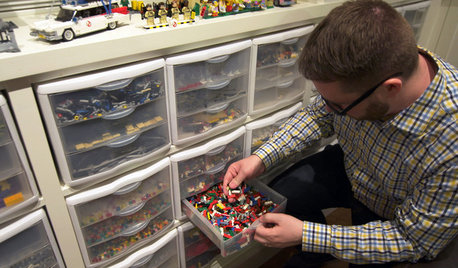
BASEMENTSHouzz TV: This Guy’s Giant Lego Collection Proves Everything Is Awesome
You may have seen our story about this architect’s Lego-filled basement. Now watch the video to see just how he organizes all 250,000 pieces
Full Story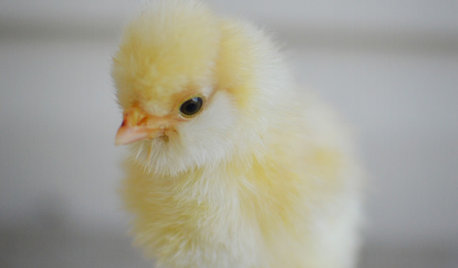
PETSWhat You Need to Know Before Buying Chicks
Ordering chicks for your backyard coop? Easy. But caring for them requires planning and foresight. Here's what to do
Full Story
HOUSEKEEPINGWhat's That Sound? 9 Home Noises and How to Fix Them
Bumps and thumps might be driving you crazy, but they also might mean big trouble. We give you the lowdown and which pro to call for help
Full Story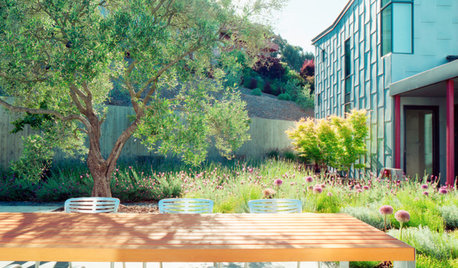
LANDSCAPE DESIGNGardening for Happy Kids
Foster creativity, self-esteem and more by designing your landscape with a sense of discovery
Full Story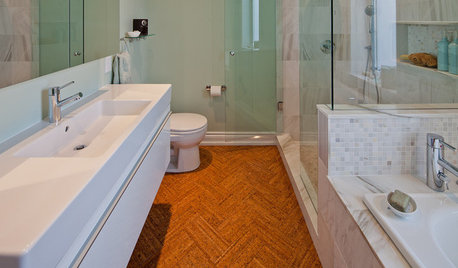
FLOORSWill Cork Float for Your Bathroom Floor?
Get the facts on advantages, disadvantages, costs and installation to see if a cork bathroom floor is right for you
Full Story





seamommy
folly_growsOriginal Author
Related Professionals
Middle Island Landscape Architects & Landscape Designers · Norton Shores Landscape Architects & Landscape Designers · Fort Myers Landscape Contractors · Lynchburg Landscape Contractors · North Canton Landscape Contractors · Waterford Landscape Contractors · Camp Springs Landscape Contractors · Dorchester Center General Contractors · Flint General Contractors · Glenn Dale General Contractors · Janesville General Contractors · Miami Gardens General Contractors · Plano General Contractors · South Windsor General Contractors · Tabernacle General Contractorsfolly_growsOriginal Author
folly_growsOriginal Author
hayley3
folly_growsOriginal Author
keysgirl_70
shermthewerm
keysgirl_70
folly_growsOriginal Author
keysgirl_70
shermthewerm
briansttt
folly_growsOriginal Author
icebear7_yahoo_com
springfels
wormfactory
adrianag
fam62cc